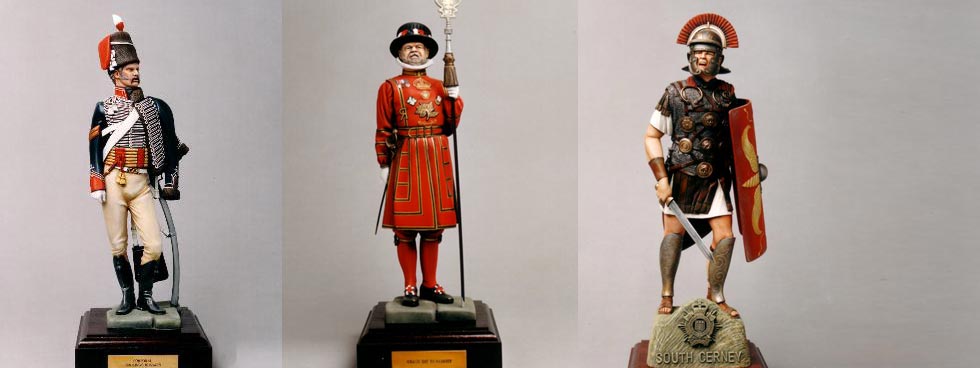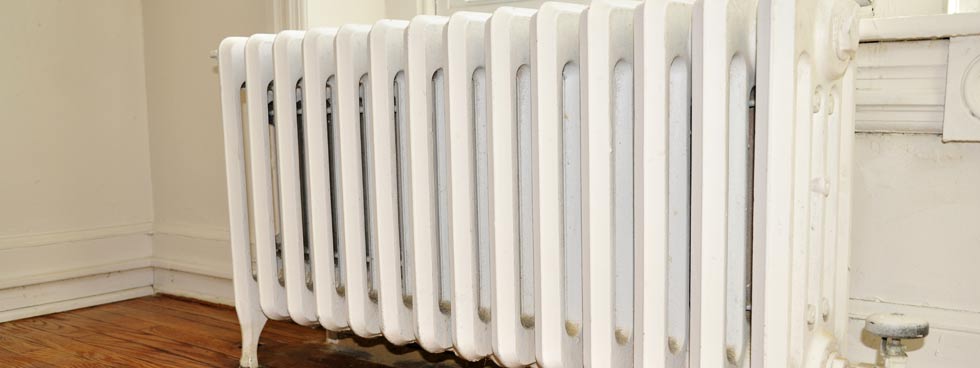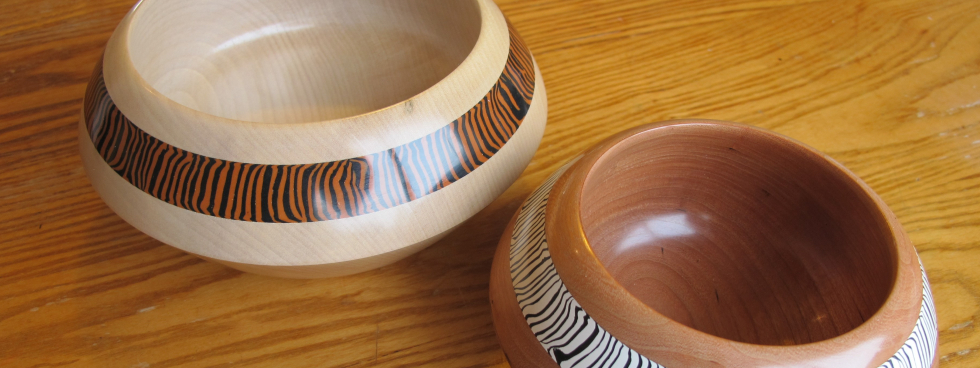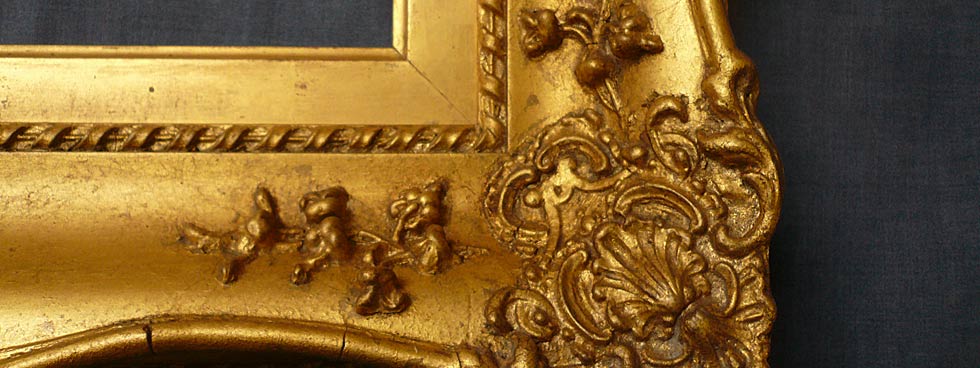Restoring a Lute Player
Amongst all the many skills that a restorer must master, replacement of lost and damaged parts is arguably one of the most difficult. A restorer often replicates missing parts in order to enhance a damaged decorative object and for this process to be successful, fine moulding materials are required.
Finding easy to use and effective repair materials is an integral part of the role of a restorer. Indeed many are found which will serve particular functions but often lack versatility and long term stability. Suitable moulding materials are particularly difficult to find, as the complexity of the moulding and retouching process requires the material to exhibit a large range of characteristics.
For freehand moulding, the most versatile and easy to use material is Milliput. Available in a variety of colours, it enables the restorer to begin matching the ceramic body colour at the first stage of the repair and is easily moulded to create a perfect base for application of colour.
This two-part epoxy putty is simply mixed in the hand and produces an ideal consistency for moulding even the most intricate of details, without any cracking or chipping. It responds excellently to being press moulded in plaster moulds and can be effortlessly shaped with any type of tool.
Its water solubility allows great versatility to create a variety of textures and patterns, and can be easily over painted with anything from acrylics to epoxy colours.
The damage to the earthenware ceramic piece in (Fig 1) was successfully repaired using Milliput to freehand mould a complete 'head' to the musicians lute.
Once the necessary research had been done to ascertain exactly how the original lute 'head' would have looked the piece was quickly moulded.
The making of the lute 'head'
The non-shrinking properties of Milliput, attributed to curing by chemical reaction rather than solvent evaporation, allowed the correct amount to be selected.
The end of the lute was moulded by hand in a complete piece (individual pegs attached later), clean, angular edges were easily achieved using a small wet spatula and course paintbrush.
Once the Milliput was semi-dry (after approximately 1.5 hours depending on temperature, humidity etc.) the lute strings were simply carved using a needle into the new Lute 'head' and the pins moulded and attached. No adhesive was required for this attachment as Milliput has excellent bonding properties.
The curing time of Milliput (Approximately 3-4 hours) allowed for any re-adjustment. Once hard the surface was gently sanded to prepare it for colour. Colour was easily applied to the prepared surface and adhered well with no powdering or flaking. The surface of the repair was finished with a gloss vanish and the resultant repair was durable and ceramic like to the touch.
The adhesive qualities of Milliput ensured that the repair remains securely bonded to the original ceramic body.
Its ease of use and the possible professionalism of the final restoration ensures that Milliput is a superior moulding material for the beginner to the more experienced restorer.
Restoration and article by Natasha Smith, LAA Ltd.
LAA Ltd are conservation and restoration specialists for all types of decorative and structural objects, providing conservation solutions, advice on collection care, training and lecturing.















